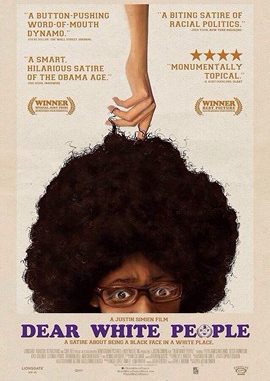
Michelle Barbero, Staff Writer |
On Wednesday, February 8, at 7:00 p.m., the Phi Beta Sigma Fraternity hosted a discussion about how to differentiate cultural appropriation from cultural appreciation. SUNY Oneonta students of various cultural backgrounds gathered at the Center for Multicultural Experiences in Lee Hall to share their understandings of the two terms, personal experiences, and how the two terms apply to the society we live in today.
Appropriation is defined as taking something for one’s own benefit without permission while appreciation is all about recognition. To help demonstrate these concepts, students volunteered to act out a few scenes. One scene depicted a girl wearing a head wrap that her African American friend also owned. The girl pretended that she was the first one to buy and wear the wrap, and she didn’t acknowledge that her African American friend had it first. This is considered appropriation because the girl was acting as if she was starting a fashion trend, meanwhile the head wrap was a part of her African American friend’s culture all along. In another scene, students were acting as artists at the Grammys to illustrate how artists can get popularity from exploiting a culture.
After the scenes were acted out, several famous cases were discussed and people had to decide if each case presented should be considered appropriation, lack of representation, or appreciation. Examples of appropriation can even be found in magazines. Vogue chose to depict a white model wearing a traditionally African American hairstyle in an issue of their magazine instead of choosing someone of actual African American decent. Allure Magazine gave white women a tutorial on how to get an afro. Similar to the Vogue example, Allure should have chosen to have a picture of an African American woman accompanying the tutorial to help avoid appropriation and lack of representation.
Other examples involve celebrities. One case discussed had to do with Selena Gomez and her song “Come & Get It” released in 2013. Gomez presents herself wearing a bindi, which holds religious significance. People of Indian culture were offended that the bindi was used as just a performance accessory, despite its religious and cultural importance. Gomez’s friend, Taylor Swift, was also accused of appropriation and lack of representation with the music video for her song “Wildest Dreams.” Filmed in Africa, Swift’s music video consisted of no African locals or people of the culture. People felt that since Swift picked Africa to be the setting of her music video she could have done more to represent the culture.
Some of Kylie Jenner’s hairstyles are seen as controversial because she is popularizing an aspect of a culture that is not her own. During the discussion, students of African American descent shared that hair is an extremely important and historical aspect of their ancestry and is still an influential aspect of their culture today.
Even though a lot of examples of appropriation were discussed, actor Jesse Williams of ABC Television’s Grey’s Anatomy demonstrated a way to show appreciation through his BET speech. The students who attended the “Dear White People” discussion agreed that the key to avoiding appropriation is communication. Staying in communication with different cultural groups helps to ensure that actions are respectful.
Leave a Reply